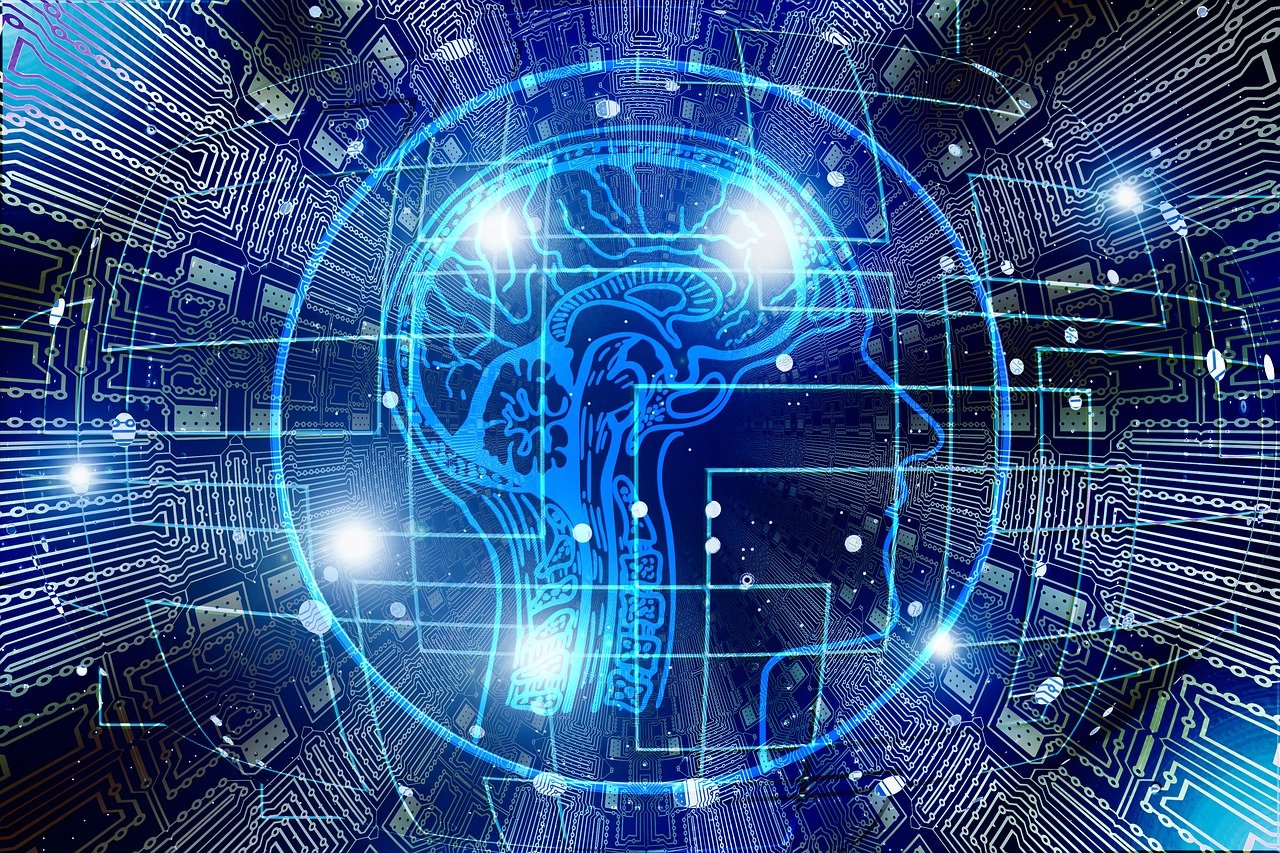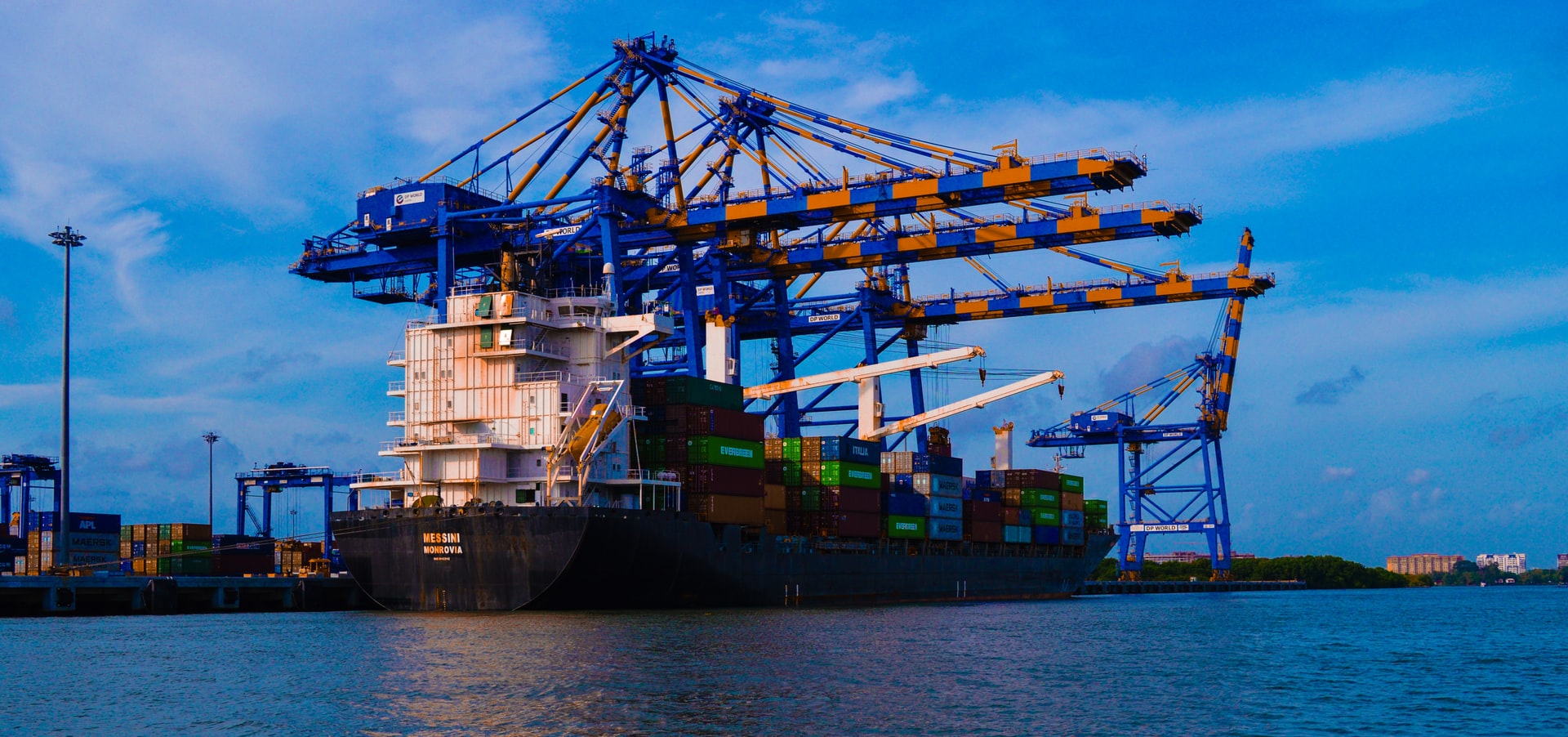AI Creating a Nascent Post-Industrial Civilization
Over the years—with the arrival of faster internet speeds, cheaper handsets and ubiquitous connections—society has grown increasingly reliant on technology. Digital devices have enabled an entirely new way for people to interact with the world, which became especially evident during the pandemic when technology facilitated remote work or education from home. Without these tools, it’s likely that the impacts of the pandemic would have been much more severe.
The pandemic didn’t just spotlight remote collaboration tools but also highlighted the potential of artificial intelligence (AI), a tech sub-segment that has been touted as the most exciting technology to emerge in recent decades. AI has the capacity to process and analyze huge amounts of variable data within a matter of seconds to derive patterns and support decision making.
AI’s Expanding Appeal
AI has attracted much attention and investment in recent years. Between 2019 and 2021, global corporate investments in AI more than doubled, leaping from US$71 billion to US$176.5 billion. Across the world, governments are exploring or rolling out some form of AI development strategy in pursuit of added productivities and to remain relevant in a rapidly changing world.
Since the launch of ChatGPT in late 2022, markets have been abuzz about the potential of this new form of generative AI—an AI sub-type that focuses on creating new content like images, text, and video—to transform white collar industries, but truth be told, AI’s impact will affect all industries and areas of life.
For instance, AI will be the core driving technology for robotics and supply chain automation, with sectors such as manufacturing and healthcare already integrating robots in day-to-day tasks. In automotive manufacturing, robots are already present in just about every process due to their high rates of efficiency and accuracy compared to regular robotic arms or humans. These robots are being used to install windshields and paint cars, as well as repeatable welding on assembly lines.
In Japan, robots are slowly making their way into the growing elder care sector—an absolute necessity considering the rapid growth of the East Asian country’s greying population. Today, a third of Japanese society are aged 65 years and above, increasing the demand for care services. By 2025, Japan expects to face a shortage of more than 380,000 care workers to meet the needs of its elderly population—this has led to many facilities exploring the use of robots to fill the labor gap. These robots are increasingly visible in nursing homes and are being used for surveillance, elderly mobility assistance, or to support patients in a socio-emotional capacity.
Changing Nature of Work
As AI’s use cases continue to expand into every sector, there have been speculation from many sectors regarding its impact on jobs and people’s livelihoods in the long run. As the technology is adaptable across every sector, it is primed to take over labor-intensive or dangerous tasks—such as those in mining or construction—while also introducing more productivities through the automation of manual, repeatable (and tedious) tasks.
For some people, this has created concerns about the jobs that may be lost to automation and AI in the future. Goldman Sachs estimates that as many as 300 million jobs are threatened by AI, but this is only one side of the story as the technology could also give birth to new types of jobs and as much as 7% more value every year for the global economy.
On an individual level, as AI takes over more tedious and undesirable jobs, it could also free up time and space for more creative work that cannot be done through automation. Pairing together AI’s precision and speed with human’s innate creativity could open the door to new ideas and strategies that could make the world a better place.
We already see this happening in how AI is being used by governments and businesses to make socioeconomic improvements. For example, big data technologies are currently being leveraged by stakeholders in both public and private sectors to derive insights that can be used to develop more effective social programs and initiatives.
Taking Humanity to the Next Stage
AI can be considered a double-edged sword—it can be capable of fostering a smarter, more sustainable world if wielded properly, but it could also wreak untold harm if we are not careful. A balance must be struck to ensure that we are able to tap into the benefits of AI, and we already know that a great post-industrial civilization is possible with it.
While it’s undeniable that AI can be dangerous, these concerns should be taken with a pinch of salt as we are still in its early stages. Good, careful guidance for the technology could catalyze the next stage of the human evolutionary journey. Its possibilities are endless, and we are only joist scratching the surface.
Researching and building capabilities in AI may very well unlock advancements in uncharted territories which could prove beneficial for not only humans, but also the rest of the natural world on earth. It’s imperative that policymakers, thinkers, organizations and civil society are all clued into these conversations to explore and invest in this technology.
Photo Caption: AI has the potential to impact every aspect of our lives in the very near future.



